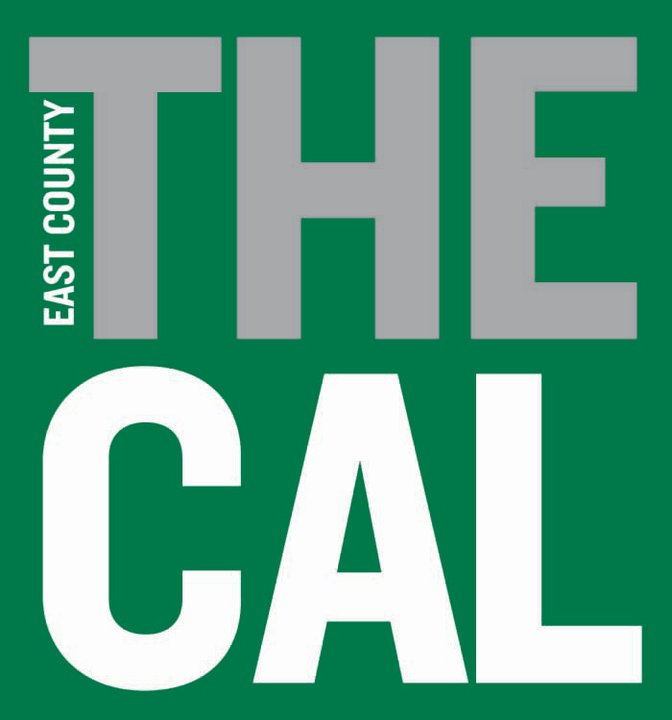The County of San Diego will be establishing urban agriculture incentive zones in the unincorporated portion of the county.
The County of San Diego will be establishing urban agriculture incentive zones in the unincorporated portion of the county.
The San Diego County Board of Supervisors voted 4-0 Nov. 14, with Kristin Gaspar absent, to direct the county’s chief administrative officer to establish an urban agriculture incentive zone within the unincorporated county, to initiate the process through the preparation of a draft ordinance, to provide a detailed assessment of blighted properties which could be suitable for urban agriculture, to analyze an appropriate fee structure and complete any analysis required by the California Environmental Quality Act, and to return back to the board within 15 months with a completed program to be reviewed and considered by the Board of Supervisors.
The November 14 vote also appropriated $135,000 of general fund balance to cover staff costs for the development of the program.
“This is a good program,” said Supervisor Ron Roberts.
In 1965 the state legislature passed the Williamson Act which allows landowners to sign contracts agreeing to restrict their land to agricultural or other open space use (including recreational use or a combination of agricultural, open space, and recreational use) in exchange for having the land assessed on its restricted use rather than its market value.
The lower assessment reduces property tax liability for the landowner, and the Williamson Act included a provision providing partial reimbursement by the state to the counties for the lost property tax revenue.
In 2013 State Assemblyman Phil Ting, whose district includes the western part of the City of San Francisco as well as some of San Francisco’s south suburbs, authored Assembly Bill 551 to create urban agriculture incentive zones. The bill initially passed both the State Assembly and the State Senate without any votes against it, although when the Assembly approved the Senate version the vote for passage was 69-6. Governor Brown signed AB 551 into law in September 2013.
AB 551 authorizes cities and counties to enter into contracts with landowners to restrict the use of vacant, unimproved, or otherwise blighted land for small-scale production of agricultural crops and animal husbandry. The contract must be for at least five years and the property must be at least one-tenth of an acre (approximately 4,020 square feet) but no more than three acres. The county assessor will value property under such a contract based on the average per-acre value of irrigated cropland in California (which was $12,000 per acre in 2014) and adjustments to that per-acre value can be made for easements, environmental constraints, or other restrictions.
The Urban Agriculture Incentive Zones Act defines “urban” as an area within the boundaries of an urbanized area including at least 250,000 people, so land in a small town within an urban metropolitan area is eligible.
No dwellings may be built on the property while it is under contract, although structures which support agriculture such as tool sheds, greenhouses, produce stands, and instructional space are allowed. Both commercial and non-commercial agriculture are permitted on land with urban agriculture incentive zone contracts.
A contract can include a prohibition on the use of pesticides or fertilizers although pesticides and fertilizers allowed by the U.S. Department of Agriculture’s National Organic Program would be permitted.
An urban agriculture incentive zone in an incorporated city must be approved by both the city council and the county board of supervisors (a county board of supervisors has land use jurisdiction only in the county’s unincorporated area, but an urban agriculture incentive zone has property tax benefits so the county’s tax collection and disbursement activity creates county involvement for urban agriculture incentive zones in incorporated cities), although either governing body can pass the first resolution of approval. An urban agriculture incentive zone in an unincorporated community only needs the approval of the county board of supervisors.
The local government may charge landowners a fee for the reasonable costs to implement and administer the contract.
The Urban Agriculture Incentive Zones Act was a pilot program which was set to expire on January 1, 2019, unless it was extended, although any contract approved by the end of 2018 would continue to be valid for the duration of the contract. In 2017 Ting introduced Assembly Bill 465 to extend the Urban Agriculture Incentive Zones Act to January 1, 2029. AB 465 passed the State Assembly on a 67-7 vote and was approved on a 40-0 State Senate vote before being signed into law by Governor Brown in September 2017.
In November 2015 the San Diego County Board of Supervisors voted 5-0 to direct the chief administrative officer to create framework criteria for evaluating proposals to establish urban agricultural incentive zones both within unincorporated San Diego County and in other jurisdictions within the county and to determine the feasibility of establishing an urban agriculture incentive zone in the unincorporated county using the newly-created framework criteria.
Two incorporated cities have provided requests to the Board of Supervisors, who approved an urban agriculture incentive zone for the City of San Diego in October 2017 and for the City of Chula Vista in May 2018.
County staff work between the November 2015 and November 2018 actions included a June 2016 memorandum outlining the feasibility, criteria, eligibility, administrative costs, and potential property tax revenue loss to establish an urban agriculture incentive zone in unincorporated San Diego County.
The analysis determined that approximately 3,500 properties totaling about 3,000 acres might meet the criteria and if all eligible parcels participated the county’s property tax loss would be $580,000.
When the Board of Supervisors approved an update of the county’s general plan in August 2011 the supervisors directed county staff to develop a pilot Purchase of Agricultural Conservation Easement program to compensate willing property owners for placing an agricultural easement on their land which would limit future uses and eliminate future development.
The response of the pilot program led to a permanent PACE program.
In addition to the preservation of agricultural land, the county’s initiatives include an agriculture promotion program and the Live Well San Diego healthy lifestyles program which includes healthy food.
When the supervisors approved investigation of urban agriculture incentive zones in 2015 San Diego County Farm Bureau executive director Eric Larson noted that the biggest barrier for potential farmers is access to land so urban agriculture incentive zones could allow those interested in a farming career to lease land.
Larson noted that 60 percent of the county’s farmers are part-time farmers and that those who are successful on urban agriculture incentive zone land might be able to move up to a larger farm.
Roberts sees the urban agriculture incentive zones as a continuation of the county’s commitment toward agriculture. “It’s really expanding this in our own back yard,” he said.
“I believe that this program will be extremely successful,” said Supervisor Dianne Jacob.
The county supervisors hope that the program will be established in less than 15 months, and a shorter timeframe is possible depending on the public comment received during the public review period.














